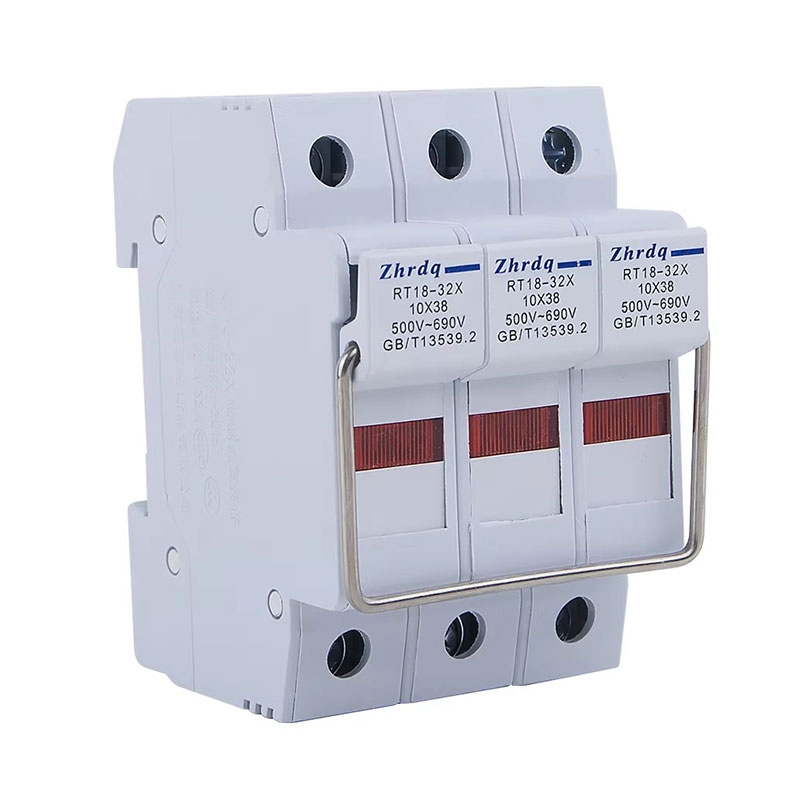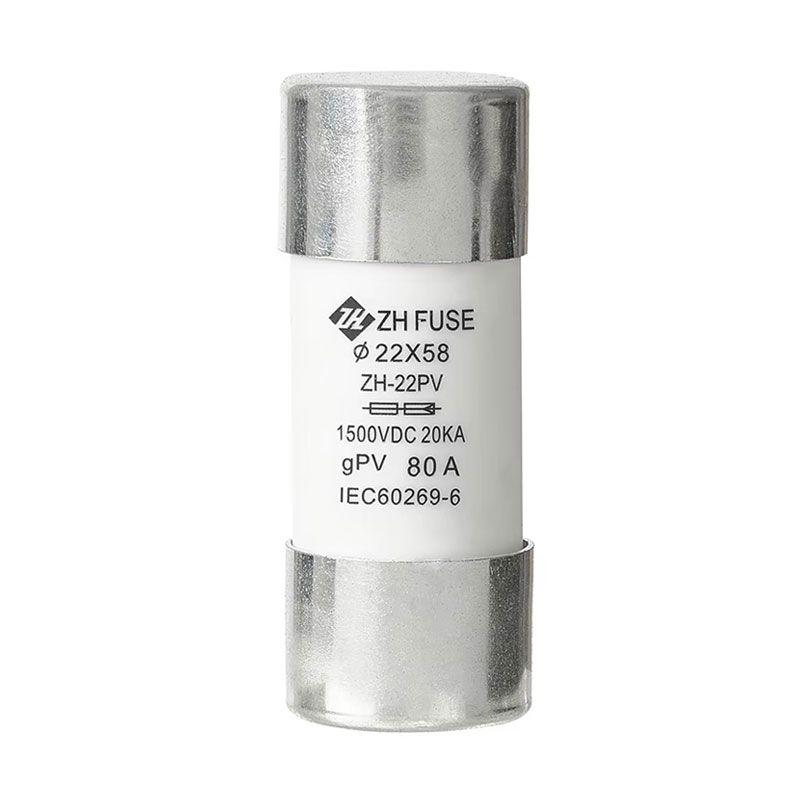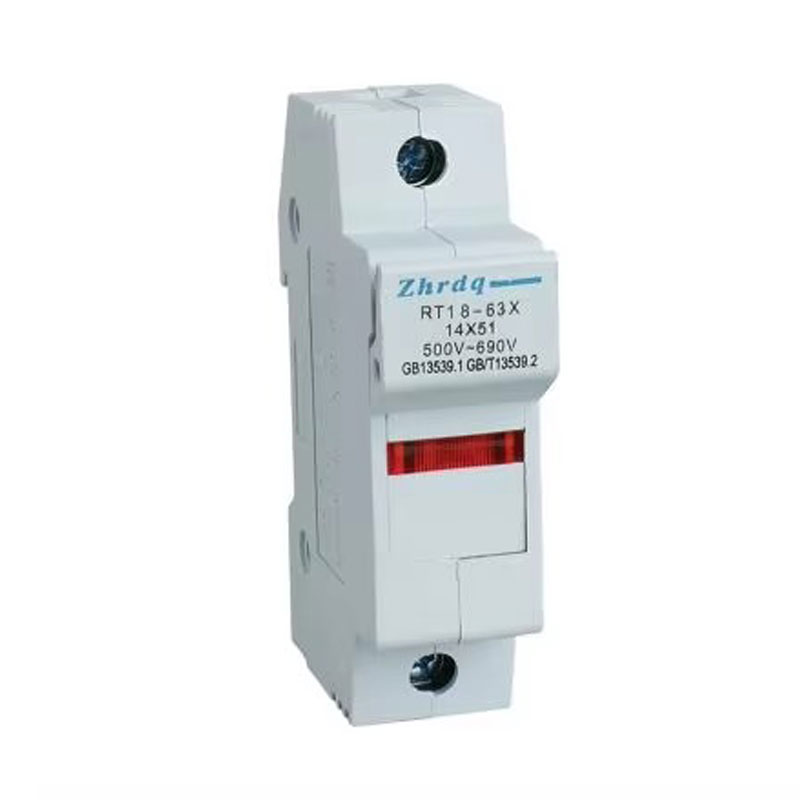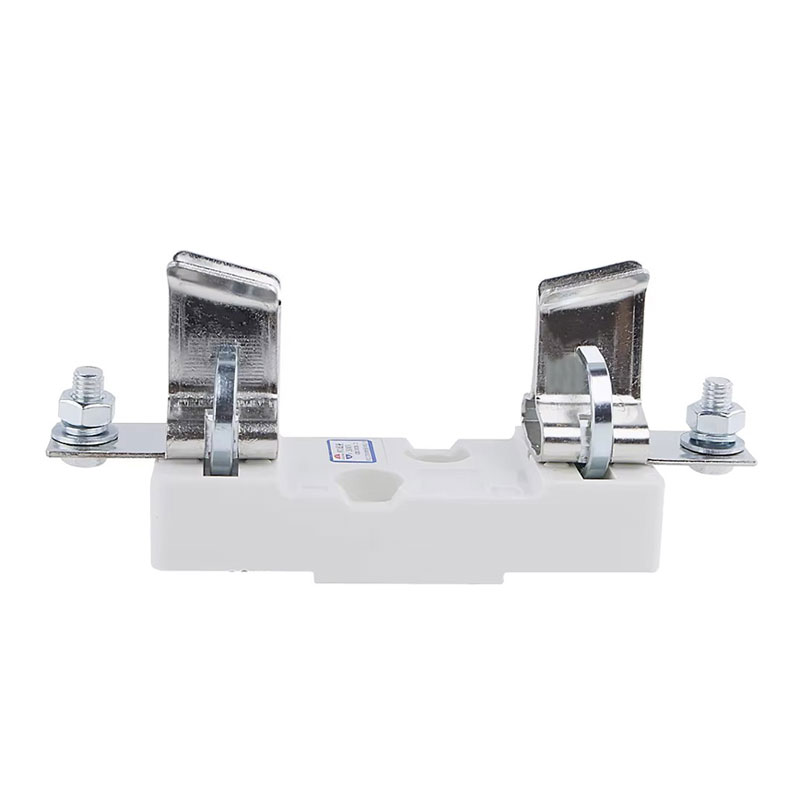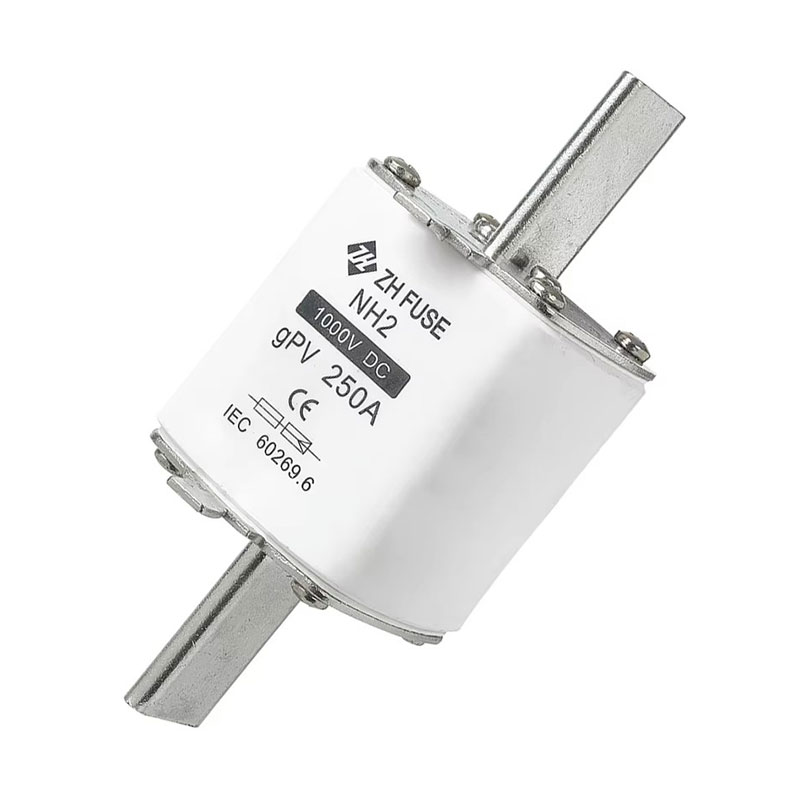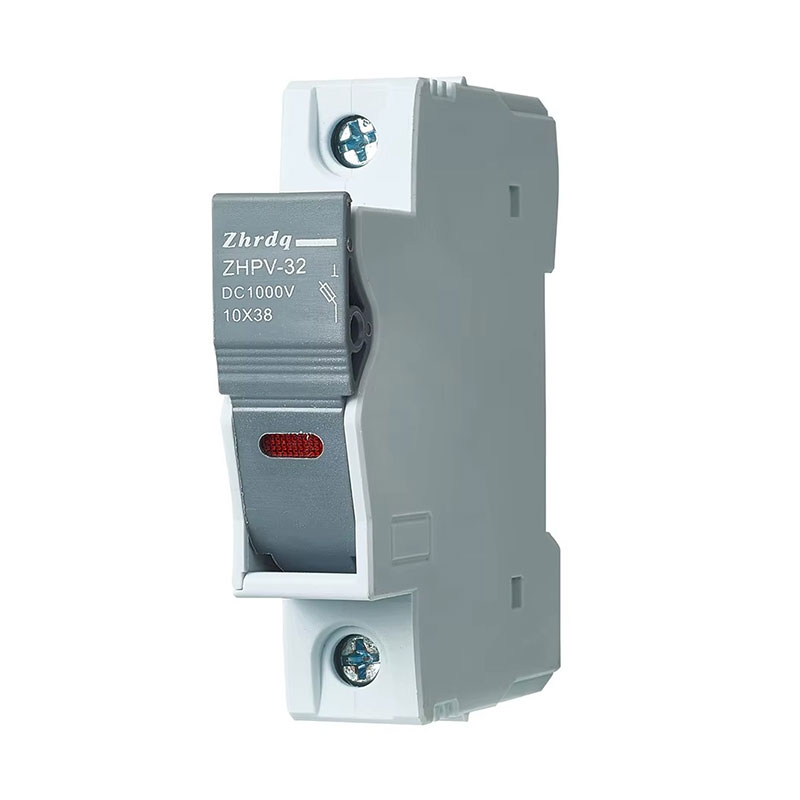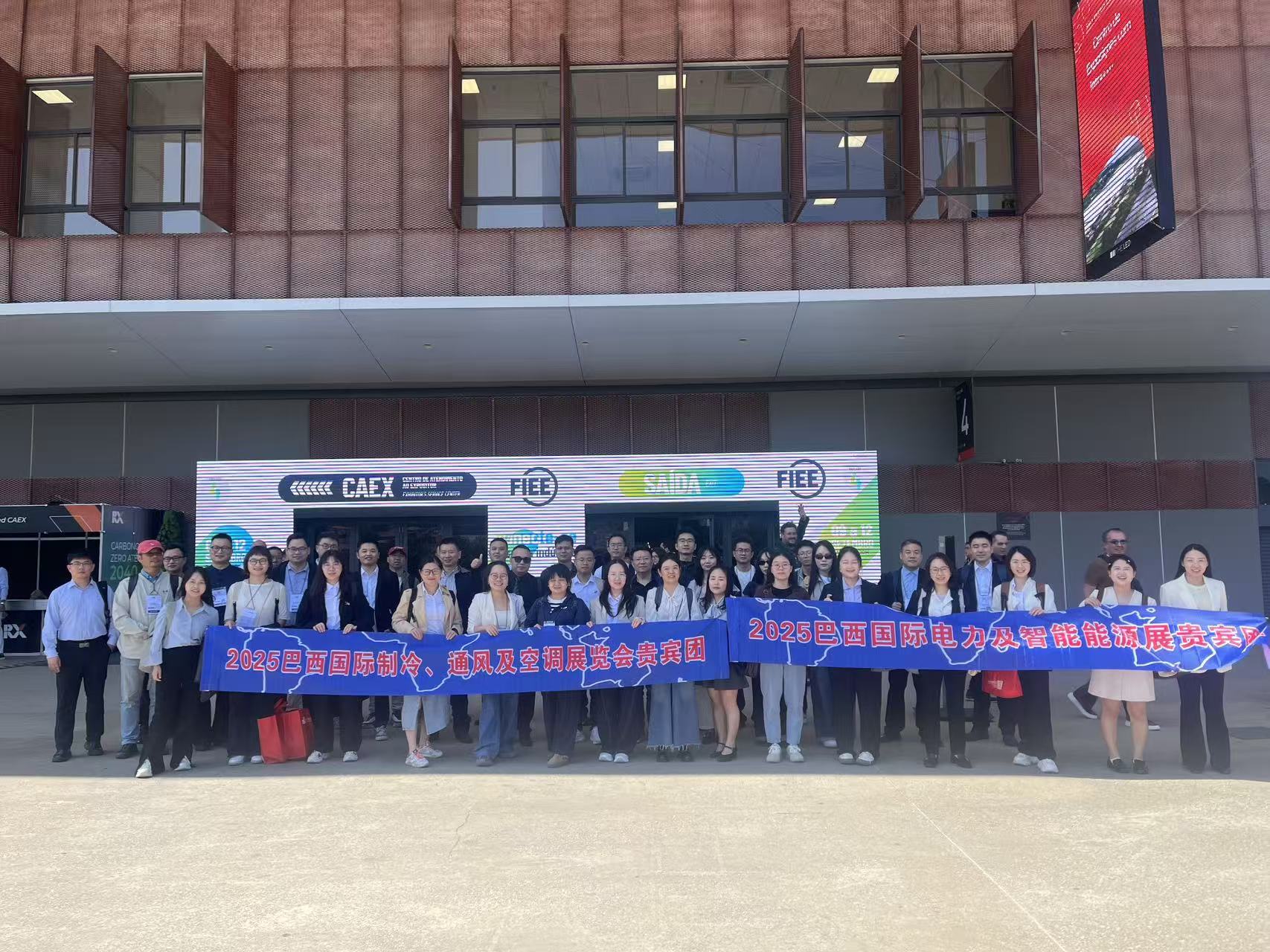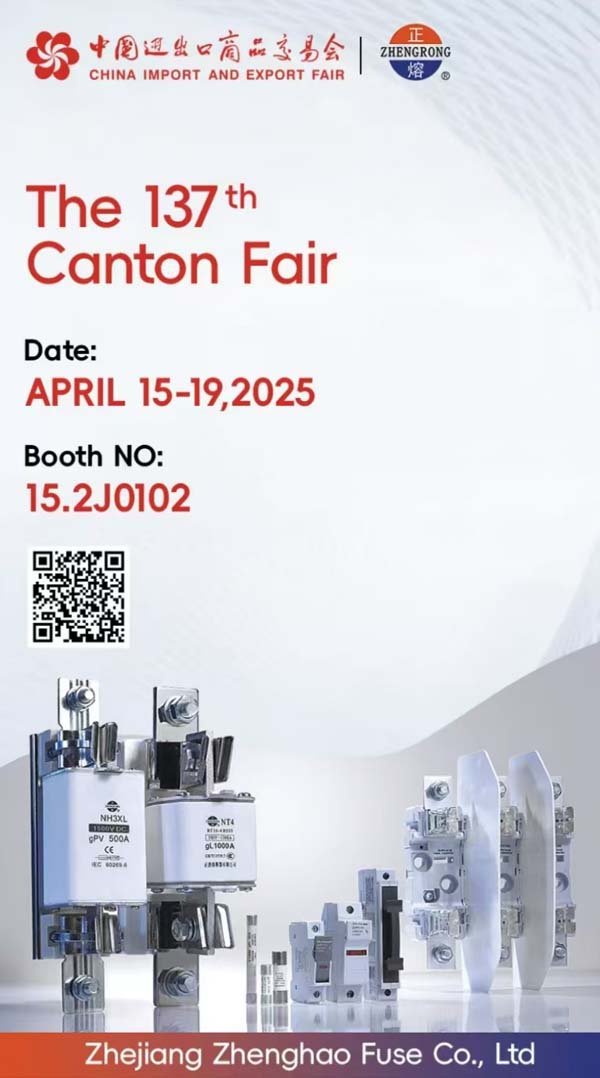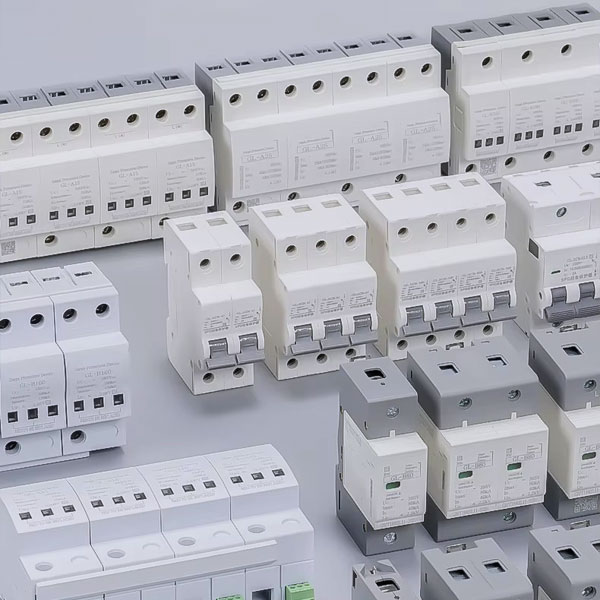Why Your Solar Array's Safety Hinges on Choosing the Right Photovoltaic DC Fuse
No matter which solar power plant you walk into, which commercial inverter cabinet you open, or which residential rooftop photovoltaic system you inspect, you'll find an often overlooked yet crucial component: the Photovoltaic DC fuse. An inappropriate Photovoltaic DC fuse can not only jeopardize safety but also cause significant financial losses. What makes this small device so indispensable? Why do experts consistently choose Zhenghao fuses? Let's unveil its mysteries together.
Unique Challenges
Unlike the alternating current (AC) you use in your home, solar panels generate direct current (DC). This DC has unique and potentially dangerous characteristics:
1. Continuous Voltage and High Current: Especially under strong sunlight, DC circuits operate at near their maximum voltage. Unlike AC, a short circuit doesn't disappear at the next zero-crossing point; the resulting arc can last much longer and generate temperatures sufficient to melt metal and cause a fire.
2. Low Source Impedance: Solar panels have very low internal resistance. When a short circuit occurs, a huge surge current is generated almost instantaneously. Without fast-response protection, cables and connectors can burn out instantly.
3. Complex Arrays: Series-connected solar panels generate high voltages (typically 600V, 1000V, or 1500V DC). Protecting each panel or array requires coordinated, reliable, and high-voltage fuses in the combiner box.
This is precisely why standard AC fuses cannot safely protect DC solar circuits; they lack the special design required to effectively extinguish continuous high-voltage DC arcs. Only Photovoltaic DC fuses designed specifically for photovoltaic power generation possess the engineering design and rigorous testing required to accomplish this task.
Purpose of a Photovoltaic DC Fuse
The core purpose of photovoltaic DC fuses is simple: to isolate faults before disaster strikes. Specifically, they protect against two key risks:
1. Short Circuit: Short circuits caused by line damage, connection failures, moisture intrusion, rodent damage, component failure, or improper installation create a low-resistance path, leading to a large, uncontrolled current surge. Photovoltaic DC fuses immediately detect this overload and melt their internal components, safely disconnecting the circuit and preventing damage upstream (panels, inverters) and downstream (melted lines, fires).
2. Reverse Current: When a string in a large parallel system fails, reverse current can occur. The faulty panel acts as a current absorber, causing the normal circuitry to push current backwards through the faulty panel. This reverse current can cause overheating and permanent damage to the affected panel. Strategically installing photovoltaic DC fuses acts like a one-way valve, blocking this reverse current and preventing damage.
Photovoltaic DC fuse are crucial protective devices in solar systems:
| Critical Placement Points for Photovoltaic DC Fuses | Protects Against | Consequence Without Protection |
|---|---|---|
| Combiner Box Inputs | Overcurrent in individual panel strings feeding into the combiner. | Fault in one string pulls destructive current from all parallel strings, potentially frying cables, terminals, the entire box. |
| Output of Series Strings | Reverse current flowing back into a faulted string (as described above). | Overheating and permanent damage to the panels in the faulted string. Significant power loss. |
| Between String Combiners & Central Inverters | Major short circuits occurring along larger feeder cables or before the inverter's DC input. | Catastrophic arcing fire risk along unprotected main DC runs; overwhelming the inverter DC protection. |
| Inside DC-DC Converters/ Optimizers | Internal faults within the power conversion unit. | Damage spreads beyond the converter, potentially impacting other components or circuits. Fire risk. |
| Battery Strings in DC-Coupled Systems | Short circuits within high-capacity, high-energy battery banks. | Uncontrolled discharge leading to possible thermal runaway, fire, explosion. |
1. My AC system uses standard fuses, why can't I use these fuses to protect my solar panels directly?
Absolutely not. Standard AC fuses are only tested for AC circuits. The physics of extinguishing DC arcs (especially under the high voltages common in solar systems) is much more complex. AC arcs extinguish themselves at the voltage zero-crossing point, 100 to 120 times per second. DC arcs, however, do not have this extinguishing point; they continue to burn violently, leading to overheating, explosions, and even fires. Photovoltaic DC fuses are certified and specially designed with unique arc-extinguishing chambers and materials to safely interrupt continuous high-voltage DC arcs within milliseconds.
2. How do I know what amperage rating I should choose for my photovoltaic DC fuse?
The fuse specification must be determined based on the specific circuit current it protects. This requires calculations: Determine the string/panel short-circuit current (Isc): Under Standard Test Conditions (STC), find the maximum Isc rating for the panel or string.
Applying a safety margin: Best practice recommends setting fuse ratings to 125% to 150% of the Isc (interruptible current distribution). (For example, if the string's Isc is 10A, the fuse should be 12A or 15A). This provides a margin for variations in normal operating current while ensuring it can withstand fault currents far exceeding normal operating current. Always refer to the installation manual, national electrical codes (NEC, IEC), and specifications of downstream equipment (combiner boxes, inverters)—these typically specify the required fuse ratings. Under-rated fuses can lead to false blows, while over-rated fuses are dangerous and violate specifications.
3. My fuse blew. What are the common causes?
A blown fuse indicates it has completed its critical function. Common causes include: Short circuit faults: damaged cable insulation, loose connectors causing arcing, terminal insulation failure, physical damage to the wiring or equipment, and internal component failure.
Severe Overload: The current consistently and significantly exceeds the fuse's rated current (this is less common than a short circuit, but can occur if the wiring or component is severely undersized; however, the circuit protection device should trip first).
Incorrect Blowing: While incorrect blowing of high-quality fuses is rare, it can occur if the fuse specifications are slightly off, performance is degraded due to aging/extreme environments, poor connections cause overheating of the fuse holder terminals, or there are manufacturing defects.

Your solar array may operate briefly without properly sized and certified photovoltaic DC fuses, but "operation" means more than just generating electricity; it means reliable and safe operation for decades to come. Every combiner box and every string of cables can be a point of failure, potentially malfunctioning under specific conditions. Using substandard fuses or bypassing protection is not a shortcut but rather an unacceptable risk to technicians, property, and your investment.
Zhenghao fuses represent engineering safety. Manufactured to stringent standards and proven in harsh global environments, they provide the critical fast-response, high-breaking-capacity protection required by modern photovoltaic systems.
- What Makes Float Switches the Key to Smarter and Safer Liquid Level Control in Modern Industries?
- How Does a Cylindrical Fuse Protect Electrical Systems?
- Why Cylindrical Fuses Are the Core of Modern Electrical Protection Systems?
- Why Choose a Screw Type Fuse Over Other Fuse Types
- Constantly having circuit protection issues?
- What is Solar Connector?


